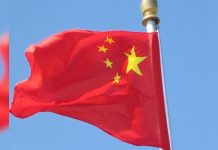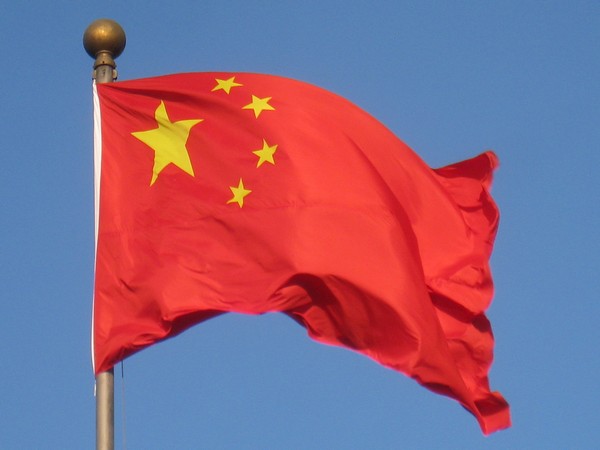China’s manufacturing sector had its worst slump since September 2022, according to a private survey, as higher US tariffs took a toll on smaller exporters despite a truce in the trade war with the US.
The Caixin manufacturing purchasing managers’ index fell to 48.3 last month from 50.4 in April, according to a statement released by Caixin and S&P Global on Tuesday, well below the 50 mark separating expansion from contraction. The figure was below every estimate in a Bloomberg survey of analysts, whose median was 50.7.
“Manufacturing supply and demand declined, dragged by overseas demand,” Wang Zhe, senior economist at Caixin Insight Group, said in a statement. “The downward pressure on the economy has significantly intensified compared to preceding periods.”
The results, based on a poll conducted May 12-21, were far weaker than the official PMI reading released Saturday, which showed manufacturing contracted less thanks to the reprieve on tariffs. The National Bureau of Statistics typically conducts its surveys between the 22nd and 25th of every month.
The timing differences may have contributed to the discrepancy in the two PMI data sets, according to economists at Goldman Sachs Group Inc., since China and the US reached an agreement on May 12 to reduce tariffs for 90 days.
The divergence between the private and official PMI numbers also highlights the disproportionate damage to small- and medium-sized Chinese companies from the trade war started by US President Donald Trump, according to Becky Liu, head of China macro strategy at Standard Chartered Bank.
The impact from US tariffs “is mostly on smaller exporters with a hit to employment, while a direct impact on large corporations and overall exports will likely be more limited given their much more diversified business profiles,” Liu said.
“The additional slowdown in the global economy — due to policy uncertainties in the US on top of trade policies — will further dent external demand, and will likely lead to some further weakness in SMEs’ exports ahead.”
The May reading on the Caixin manufacturing PMI, which showed a surprise — and sharp — drop into contraction could be another misleading signal. It’s hard to explain it otherwise — high frequency-indicators point in the other direction. Technical factors in the survey – a smaller sample relative to the official PMI and different methodology for seasonal adjustments — may be at play.”
The surprise deterioration in manufacturing highlights the need for more support from the government to strengthen consumption and offset shocks to external demand. At the height of tensions with the US last month, the central bank delivered cuts to its policy rate and the reserve requirement ratio, which determines the amount of cash lenders must set aside in reserves.
Chinese stocks rose after the weak data on Tuesday reignited hopes of more stimulus. The onshore CSI 300 Index gained 0.5% as of the mid-day break, while a gauge of Chinese stocks listed in Hong Kong jumped as much as 1.8%.
“Boosting domestic demand should be grounded in improving household incomes,” Caixin Insight Group’s Wang said. “Feasible and effective measures must be taken to improve the employment environment, strengthen social security, raise household disposable income, improve market expectations, and ultimately drive a continued economic recovery.”
The picture painted by the more export-oriented Caixin survey offers another glimpse of how factories adjusted in the initial aftermath of the trade ceasefire.
Although the US lowered the average rate of tariffs to roughly 40% following last month’s talks in Geneva, that level is still enough to reduce American imports from China by around 70% over the medium term, according to estimates from Bloomberg Economics.
A renewed fall in new orders accompanied a decline in manufacturing output, according to the PMI report. Companies reduced their purchasing activity and cut staffing levels, although sentiment toward future output improved, it said.
The prospects for manufacturing in the months ahead are still in question given an uncertain export outlook, and especially as tensions rose again in recent days between the world’s two biggest economies. The economy remains under pressure from sluggish domestic demand.
The Caixin results have tended to be higher than those from the official poll over the previous year as exports stayed strong. The two surveys cover different sample sizes, locations and business types, with the private poll focusing on small and medium-sized firms in the non-state sector.
“The trade environment remains highly uncertain,” said Raymond Yeung, chief economist for Greater China at Australia & New Zealand Banking Group Ltd. “The key remains on property, which is still sluggish with no sign of recovery.”









































